The steering rack is the most essential part of any vehicle that operates using a rack and pinion steering system. It is the component that takes the circular motion of the steering wheel and converts its movement into a linear motion. In the case of a power steering assembly, the rack is controlled using a hydraulic mechanism that is driven by the engine which makes it a lot easier to turn the steering wheel and the vehicle itself. Of course, being a hydraulic system also means that all the components needed to create a highly pressurized and sealed chamber need to be present.
One of the easiest ways to find out if a power steering rack near me is not functioning properly is finding a leakage in the rack. Apart from your steering wheel becoming harder to turn, this is the first indicator of failing power steering racks. In this guide, we will talk about everything that you need to know about power steering racks like the 53601 stx a01 44200-0K040 or 53601 s9a a01 and others including their design, maintenance, and a lot more. Keep reading to find out more.
1. What Is Steering Rack?
As we mentioned earlier, power steering racks like the 53601 stx a01 or 53601 s9a a01 are a key component in the steering assembly of any car that operates using a rack and pinion steering mechanism. If you ever looked at a vehicle with this system from underneath, you would see that the front has the axle, the suspension system, and a third metal bar connected to your steering wheel. Being connected to the axle allows the driver to move the car in any direction using the front wheels. In this assembly, the rotational movement of a steering wheel is converted into linear movement which is responsible for turning the tires left or right.
2. Steering Development History
The history of steering mechanisms in cars is as old as cars themselves, almost. While the first patented vehicles did not have steering wheels operating them, it only took 10 years for the steering wheel to come along. The first known steering is believed to be the one used by Alfred Vacheron, who wanted to participate in the Paris-Rouen race in his custom Panhard. However, this was still a one-off as the industry still took another four years to catch on and it was in 1898 that the steering mechanism was provided as standard on all vehicles being sold.
Of course, this was only the beginning of the journey, as some key changes needed to be made to the original design. Steering wheels were initially made using wooden circles which were connected to the car’s axles directly. However, not only were they extremely hard to turn, but they were also prone to breakage and caused injuries. They would eventually be replaced by metallic steering wheels and those were then replaced by plastic ones which are still on use today.
As for the steering systems driving the car, they also improved, and the power steering concept was also present as early as the steering wheel itself. While patents were being seen in many places for such systems, one did not truly come to life until the 1920s when Francis W. Davis, an engineer looking to make it easier for people to drive trucks, created an actual power steering system fitted into a vehicle. Being an experienced sailor, he drew inspiration from the power steering systems that ships use to steer in the water.
While this could have been the cusp of the system’s development and proliferation into the automobile industry, the onslaught of the Great Depression brought it to a grinding halt. However, more than a decade later, the US military wanted to have vehicles that were easy to control in war situations. Chevrolet responded to the call by producing armored vehicles for the British army that had power steering in them. The systems were hydraulic initially but after the war, further developments also surfaced with new variants coming out like electric power steering and hybrid ones which used both hydraulic fluids and electric motors.
3. What Are the Components of The Steering Gear?
In the case of a rack and pinion steering system, there are two gears that you can see in the steering gear. The first one is the pinion which is a circular gear and a rack which is the linear gear. The pinion is connected to the steering wheel from where it draws its circular motion and the teeth of this gear rest on the teeth of the rack which has a linear motion. The linear motion of the rack is what turns the wheels left or right.
It is designed to convert a small power input into a larger one, so when a car’s driver is using minimal effort to turn the steering wheel, the much bulkier tires spin at the same pace through the system’s power delivery. This system is present in the majority of cars, small trucks, and some small SUVs.
The other steering system we see commonly is the recirculating ball steering and the gearbox in this system contains a threaded road that is connected to the steering wheel. When the steering wheel moves the rod, it moves the block it is going through which is connected to the wheels, thereby making them turn.
To make the steering more responsive and compensate for the gaps between the teeth of the rod and the block, ball bearings are placed inside the mechanism which runs through it to provide a firm grip, thereby making the steering wheel feel firm instead of being loose. This system is found mostly in large SUVs, large trucks, and other heavy-duty vehicles due to the reduced wear and tear it causes to the gears under load.
4. Steering Performance Testing
Steering performance testing is a great way of checking if the steering assembly of a particular car is working as expected. There are plenty of tests that are conducted to measure the performance of each component and they can include the following:
- Steering Input Assembly
- Steering input operation frequency
- Maximum steering input angle
- Maximum steering input torque
- Maximum steering input velocity
- Rod Input Assembly
- Tie rod input lateral frequency
- Tie rod input lateral force
- Tie rod input lateral velocity
- Tie rod input lateral stroke
- Tie rod Input Vertical Frequency
- Tie rod Input Vertical Force
- Tie rod Input Vertical Velocity
- Tie rod Input Vertical Stroke
5. What Are the Categories of Factory-Made Power Steering Gears?
There are eight different types of steering gears that you can find being made in different factories for installation on vehicles of all kinds.
- Recirculating Ball Steering Gear has a worm and ball bearing design where the balls flow from one side of the worm gear to the other and due to a lack of movement on their own, they end up rotating the steering shaft which is connected to the steering arm via the ball nut frame.
- Rack and Pinion Steering Gear is a system that has a circular gear called pinion rotating on top of a linear gear called the rack. The steering force from the steering wheel is captured by the pinion and transferred to the rack which turns the wheels in either direction.
- The Worm and Sector Steering Gear contains a worm connected to the steering shaft and a sector mounted to the sector shaft. The worm’s movement rotates the sector shaft, also called the pitman arm shaft which turns the wheels.
- Worm and Roller Steering Gear is a system commonly present in passenger cars around America and includes a two-tooth roller connected to a roller shaft. The system makes the roller mesh into a worm gear. The worm shaft is resistant to both end thrust and radial movement.
- Worm and Ball Bearing Nut Steering Gear includes a ball nut present on top of the steering shaft’s worm. Their connection includes steel balls which aid in frictionless movement between the two components. The ball nut is connected to a section gear that moves through the ball nut.
- Cam and Roller Steering Gear involve a roller meshed with a cam which, when rotating, moves the roller with it with a rocker shaft connected to it that moves the dropping arm. It has an arc design that evenly distributes the wear and load that the mating parts in the system are bearing.
- The Cam and Peg Steering Gear contains a cam engaged with a tapered peg which moves with the motion of the cam and results in the rotation of the rocker shaft.
- Cam and Double Lever Steering Gear is a system where a special worm design is present and is referred to as a cam. This one is cylindrical and has a groove that has a varying pitch, allowing the system to ensure non-reversibility. The movement of the system is such that the shaft gets its movement from side-mounted stubs that move to swing the twin levers mounted on the system in such a way that it turns the cross shaft.
6. How To Maintain the Car Steering Rack?
To make sure steering rack near me, like the 53601 stx a01 or 53601 s9a a01 keeps on performing flawlessly over time, you need to perform maintenance on it from time to time. This can be done when a problem is identified, especially if you have an older vehicle. The following steps should be taken to maintain the power steering racks in your car.
- Lubricate the steering rod ball joint after cleaning the inner ball head while leaving the outside ball head untouched.
- Lubricate your rack and pinion by applying grease and rotating the worm left and right to spread it out evenly.
- Correct the tension on the steering wheel to the level where your steering feels easy to rotate using the worm gear.
- Check the return speed of the steering machine and return it to the correct position if needed.
- Remove any additional gap that may be present between the outer wall and the rack, like in 53601 stx a01or 53601 s9a a01 steering racks.
- Check for any noise being created by the collision between the outer wall and the rack because of the spring and address it.
- Apply the proper amount of grease inside the steering gear by removing the tensioning plunger to bring the steering force to a desirable level.
- Inspect all the rubber bushings and replace any worn-out rings to remove any cracking noises that may be coming from the steering rack near me.
Performing these checks as and when necessary or after a reasonably long period of time would ensure that the steering rack near me, like the 53601 stx a01 or 53601 s9a a01 keeps on working for years, even decades.
7. Trends In Automotive Steering Systems
The automotive steering system market is seeing a rise in demand resulting from increased demand for vehicles due to the increased disposable income of consumers. However, coming years may see this growth hampered as new systems like drive-by-wire will start replacing current steering systems. The limited penetration of power steering systems in low-segment vehicles is also related to the increased cost but that could change in the coming years as the rising demand could lead to economies of scale for manufacturers.
The adoption of power steering systems has also increased in the recent years owing to their better drivability and that has also increased the overall demand for the current generation of automotive steering systems being produced. An increase in demand for improved driving comfort is also a key factor in this regard.
In addition to power steering, demand for technologically assisted steering systems is also increasing with increased demand for adaptive steering, assistive systems, and other safety and comfort features associated with steering systems.
The market size has also grown over the years, with the overall valuation of the automotive steering system market standing at $29.4 billion in 2017. This value is expected to reach $45.3 billion by 2025, with a CAGR value of 4.5% applied to it. The current key players in the automotive steering system market include Hyundai Mobis Co. Ltd., China Automotive Systems Inc., Sona Koyo Steering Systems Ltd., JTEKT Corporation, Mitsubishi Electric Corporation, Mando Corporation, and Robert Bosch Automotive Steering GmbH, to name a few.
The Previous Articles:
What Is Rack and Pinion Bushing? How To Tell If Rack and Pinion Bushings Are Bad?
Why Steering Rack Makes Noise When Turning?
How To Rebuild A Steering Rack?
What Is A Rotary Valve Power Steering Rack?
Rack And Pinion System Vs Power Steering System: What Are The Differences?
Power Steering Rack Market Analysis Report (Japan Market)
What Causes Steering Rack to Go Bad?
Design Of Car Rack And Pinion Steering Racks
What Is The Intelligent Steering Rack Used By VW, Toyota, Honda And Renault?


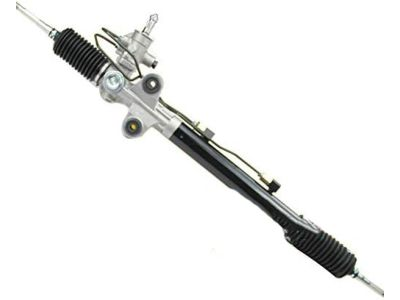
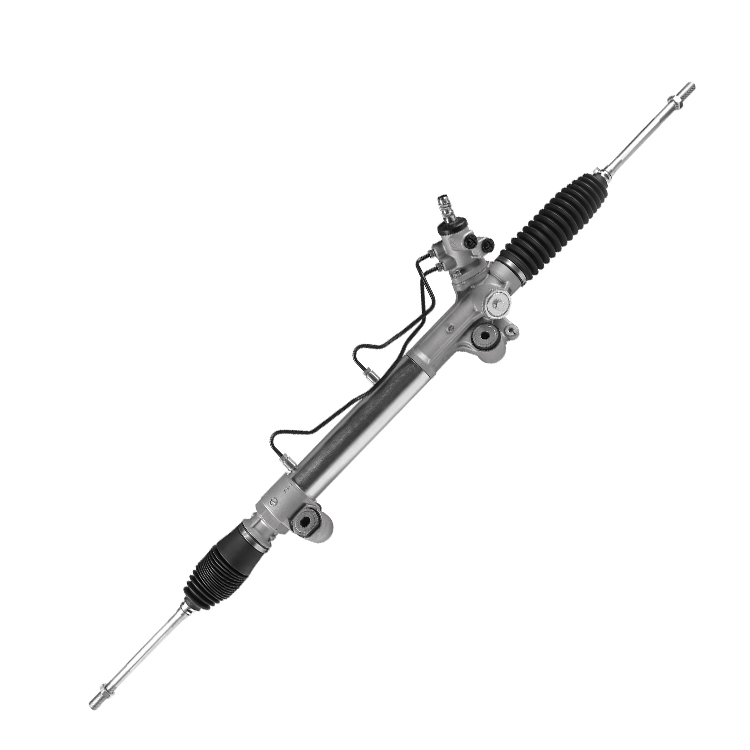
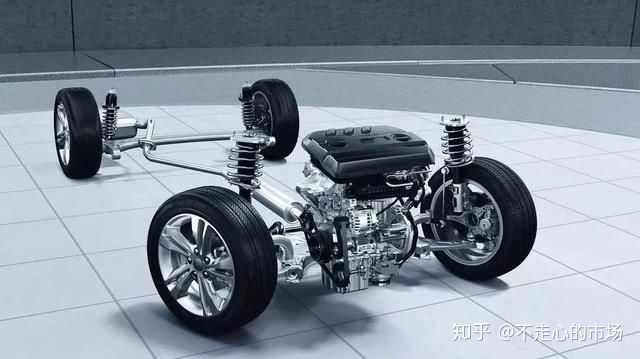
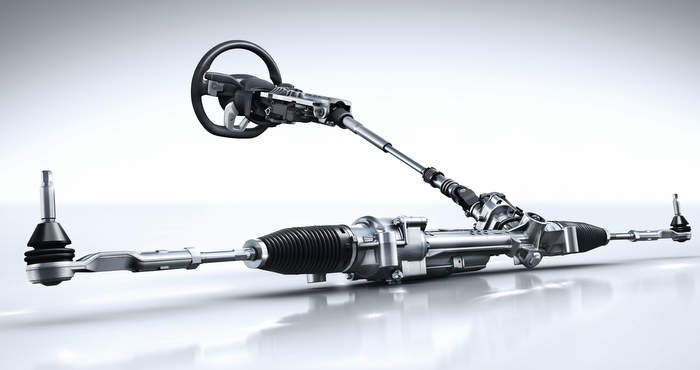
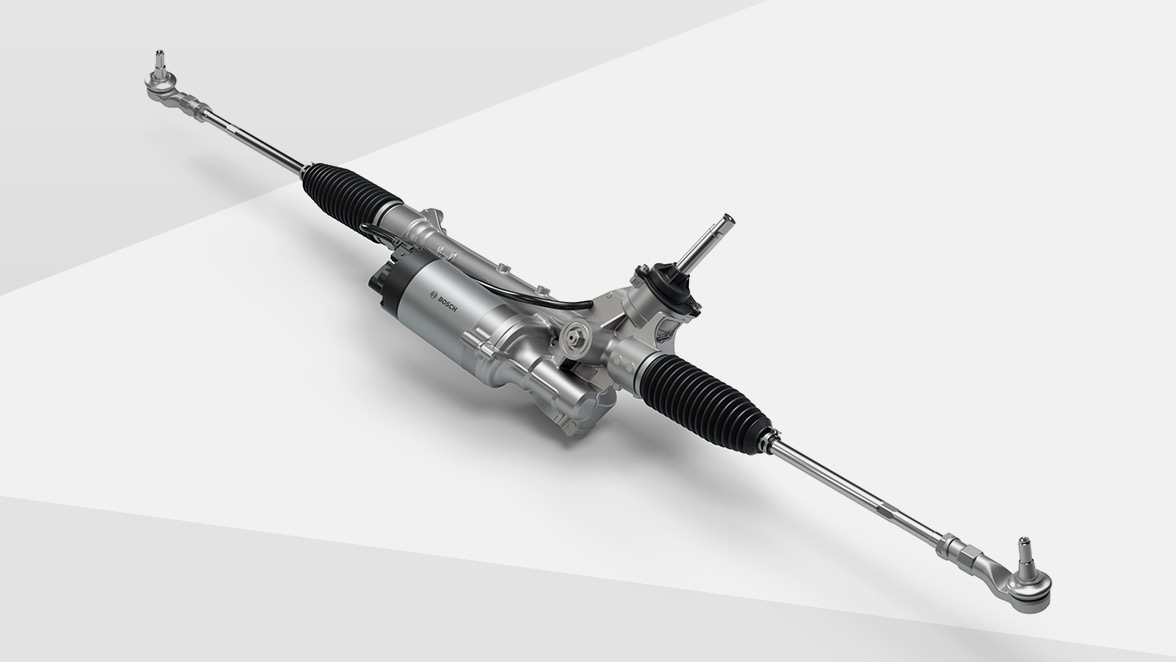
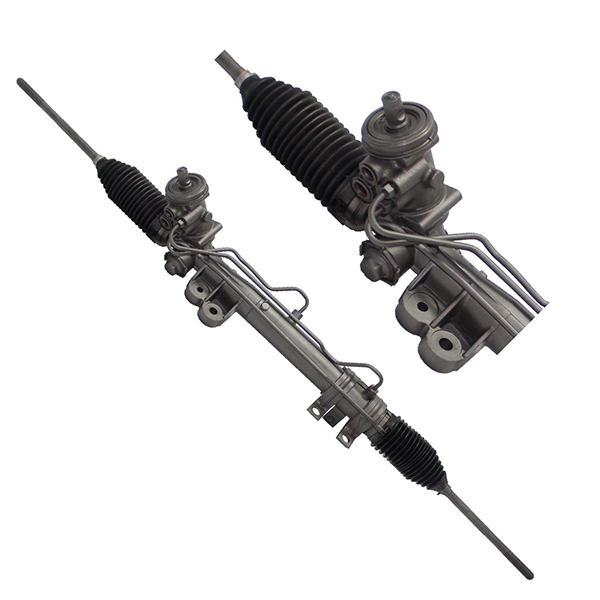
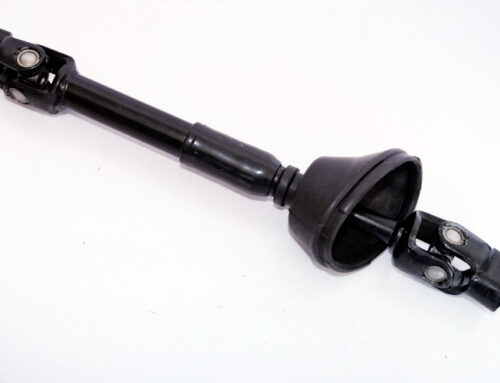
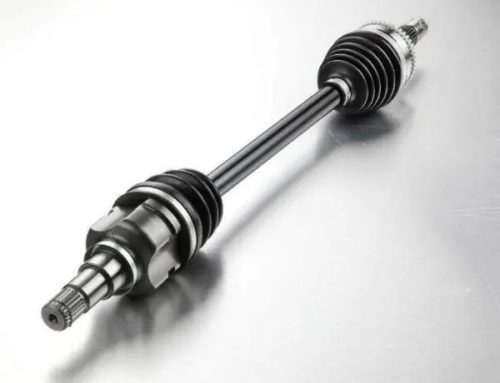
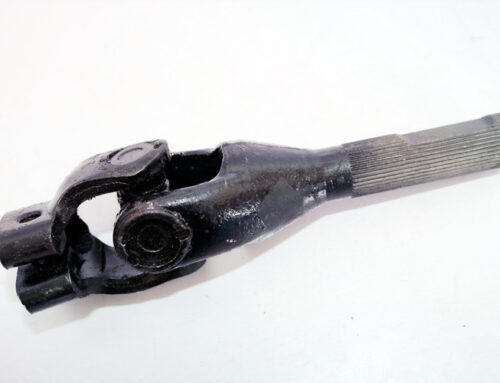
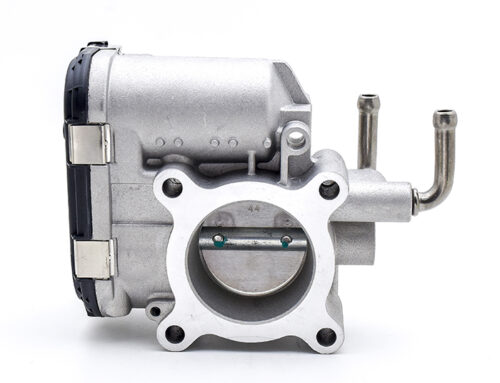
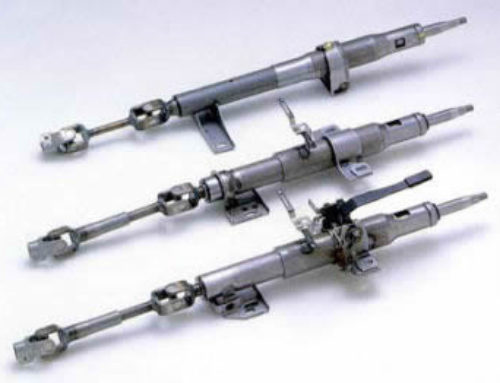
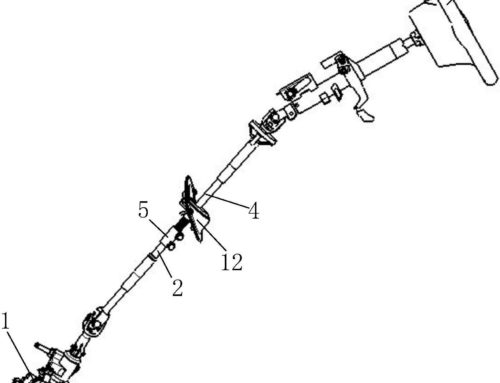
Leave A Comment